Forgotten One-Hit Wonders From The ’70s
Ah, the 1970s—a time when disco ruled the dance floors, bell-bottoms were all the rage, and one-hit wonders were the magical soundtrack of our lives. Who could forget those catchy tunes that seemed to pop up out of nowhere, only to disappear just as quickly?
These songs have left an indelible mark on our hearts, making the ’70s a decade worth reminiscing about.
Why the ’70s Was a Decade for Musical Gems
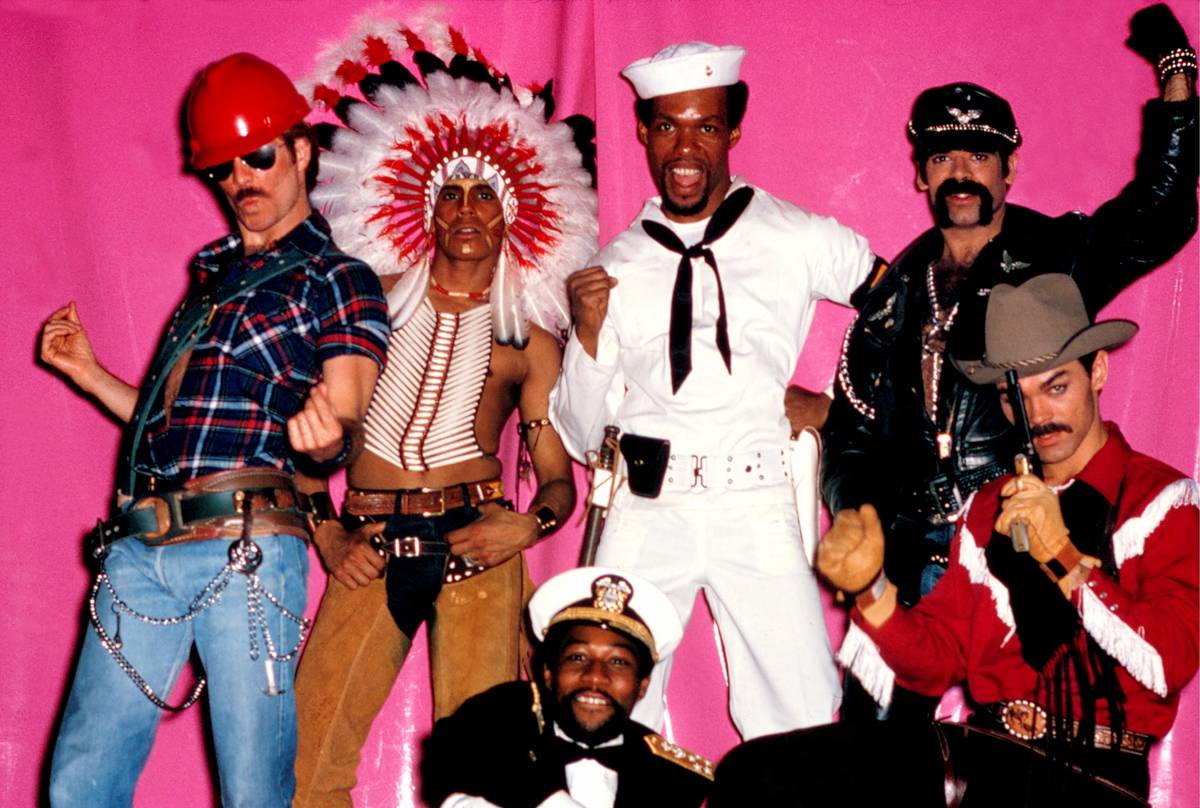
The ’70s was a time of musical experimentation and innovation. With genres like rock, disco, and funk emerging, artists had the freedom to create unique sounds.
This diversity allowed for a rich tapestry of musical gems, including one-hit wonders that captured the spirit of the times. It was a decade that celebrated musical creativity in all its forms.
The Definition of a One-Hit Wonder
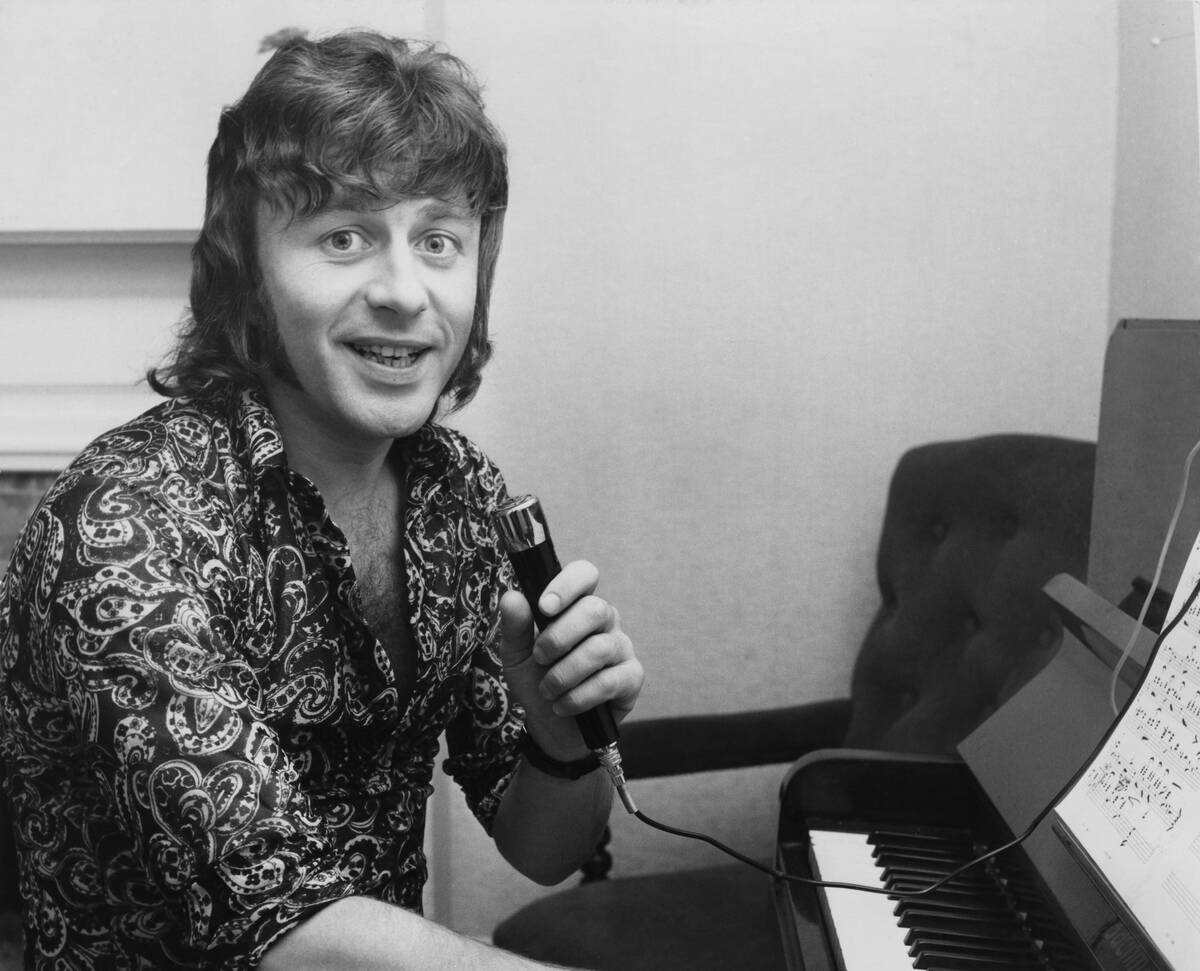
What exactly is a one-hit wonder? It’s a song that propels an artist to the top of the charts, often without subsequent hits to follow.
These songs are often beloved for their catchy hooks and memorable lyrics, and while the artists may not have sustained fame, their one hit remains a timeless classic.
“Spirit in the Sky” by Norman Greenbaum
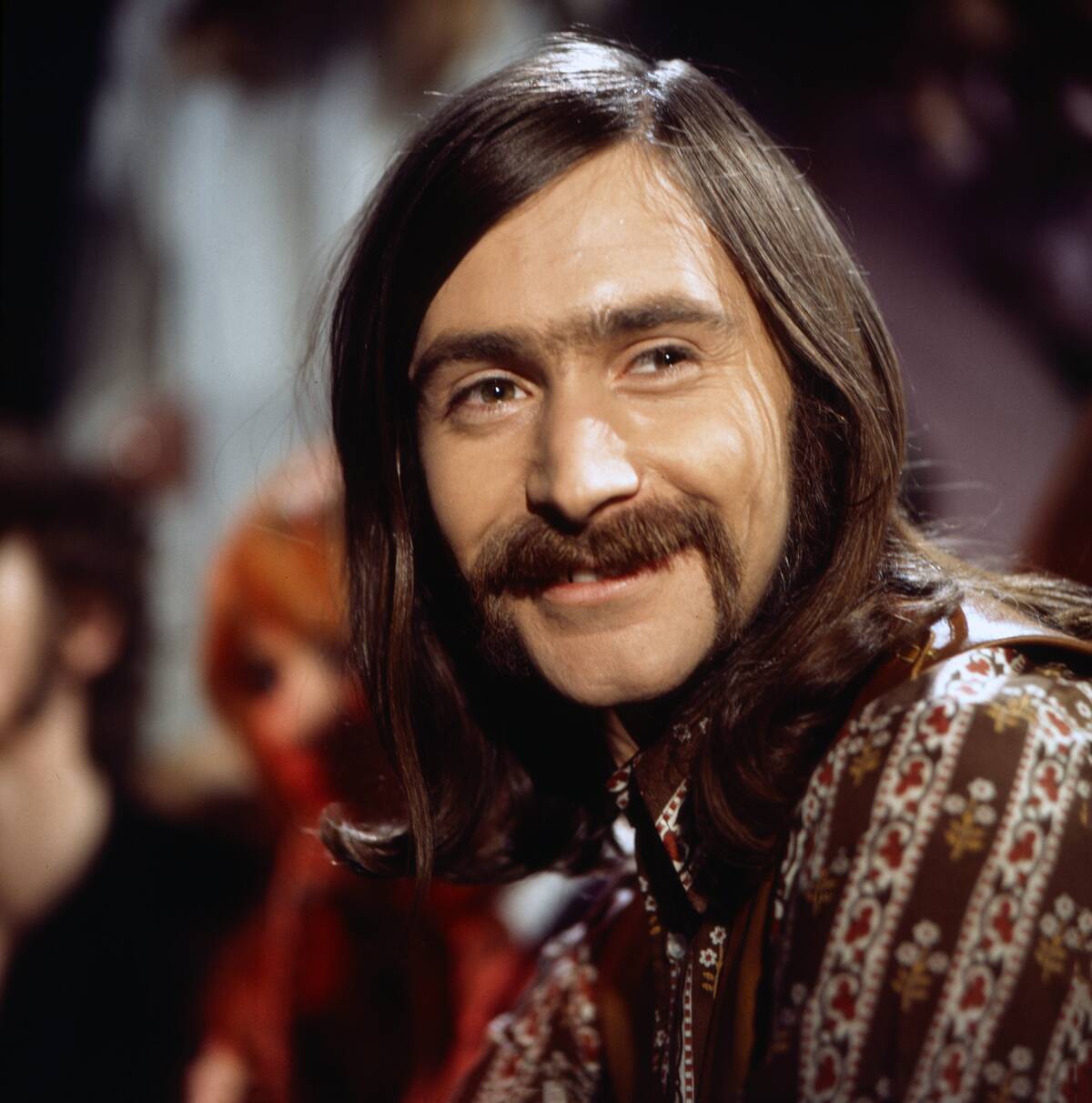
Norman Greenbaum’s “Spirit in the Sky” is a psychedelic rock classic that took the world by storm in 1970. Its gritty guitar riff and spiritual lyrics set it apart from other hits of the time.
This track continues to uplift and inspire listeners with its unique blend of rock and gospel influences.
“The Night the Lights Went Out in Georgia” by Vicki Lawrence
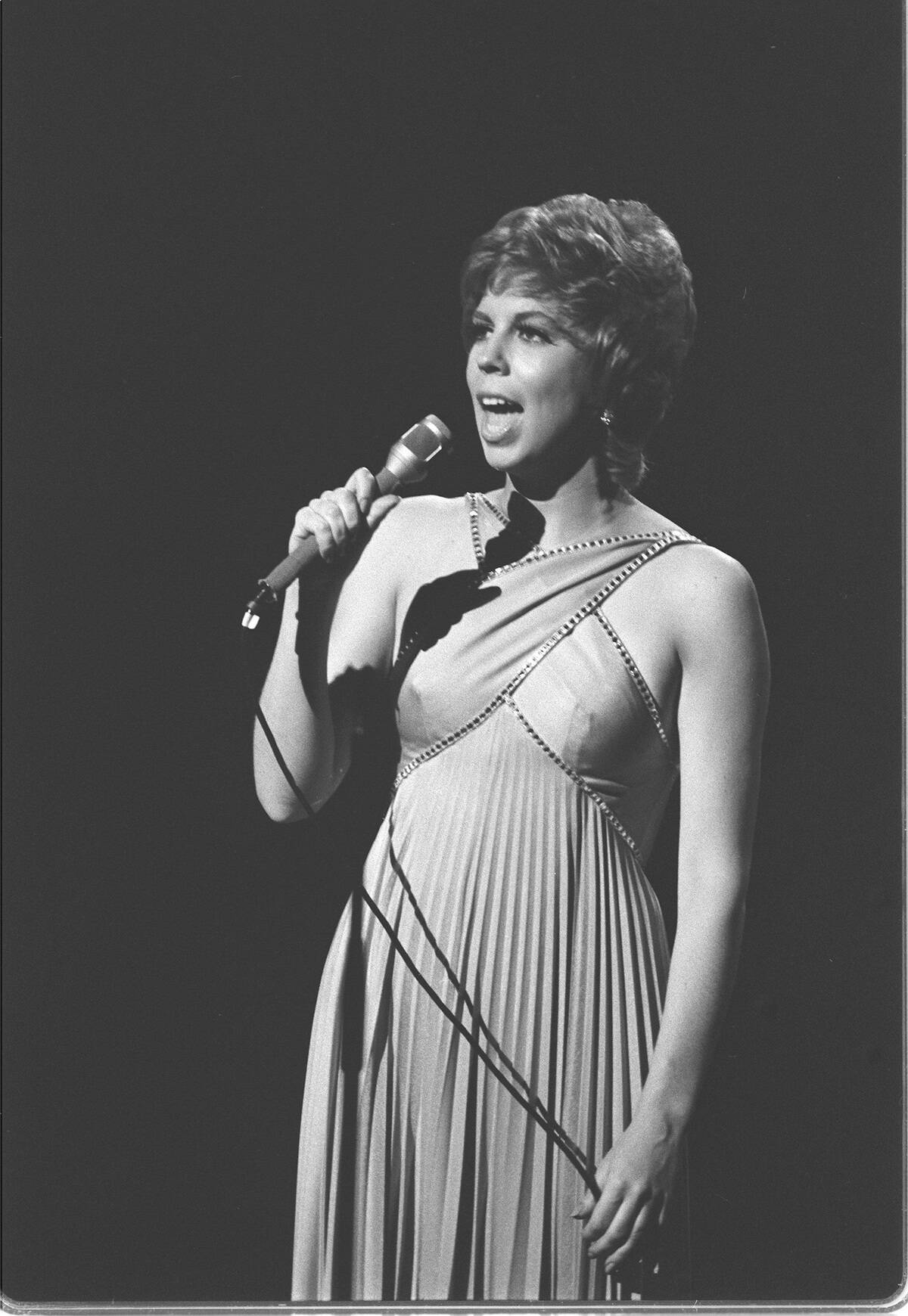
In 1972, Carol Burnett Show actress Vicki Lawrence surprised everyone with her haunting ballad, “The Night the Lights Went Out in Georgia.” The song’s intriguing story and dramatic melody captivated audiences, earning it a spot at the top of the charts.
It’s a masterful tale of mystery and betrayal that still resonates today.
“Afternoon Delight” by Starland Vocal Band
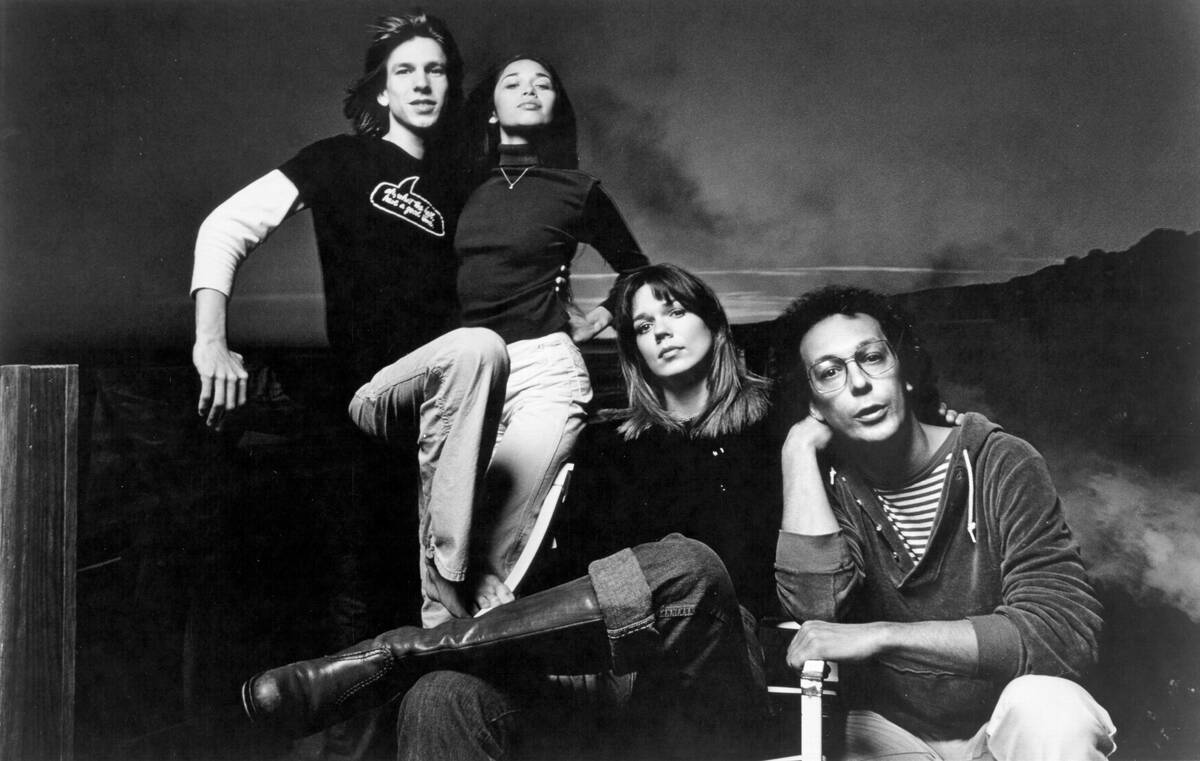
The Starland Vocal Band gave us “Afternoon Delight” in 1976, a sweet and cheeky tune that’s as catchy as it is suggestive.
This sunny pop hit celebrates the joys of afternoon lovin’ with harmonies that are hard to resist. It’s a feel-good song that never fails to bring a smile.
“Hooked on a Feeling” by Blue Swede
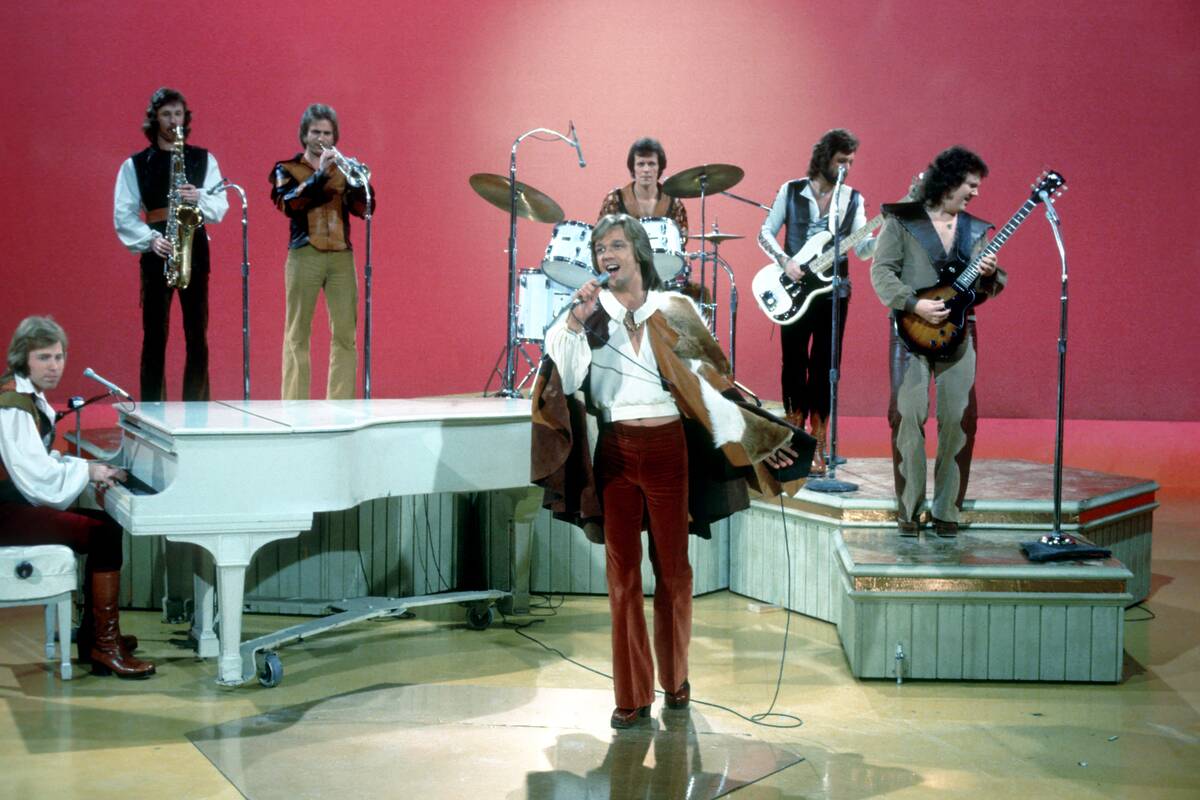
Blue Swede’s “Hooked on a Feeling” is a song that’s hard to forget, thanks to its iconic “ooga-chaka” intro.
Originally wirrten by B. J. Thomas before the band version was released in 1974, this upbeat track combines pop and rock elements, creating a sound that’s both infectious and fun. It’s a song that hooks you from the first note.
“Rock Your Baby” by George McCrae
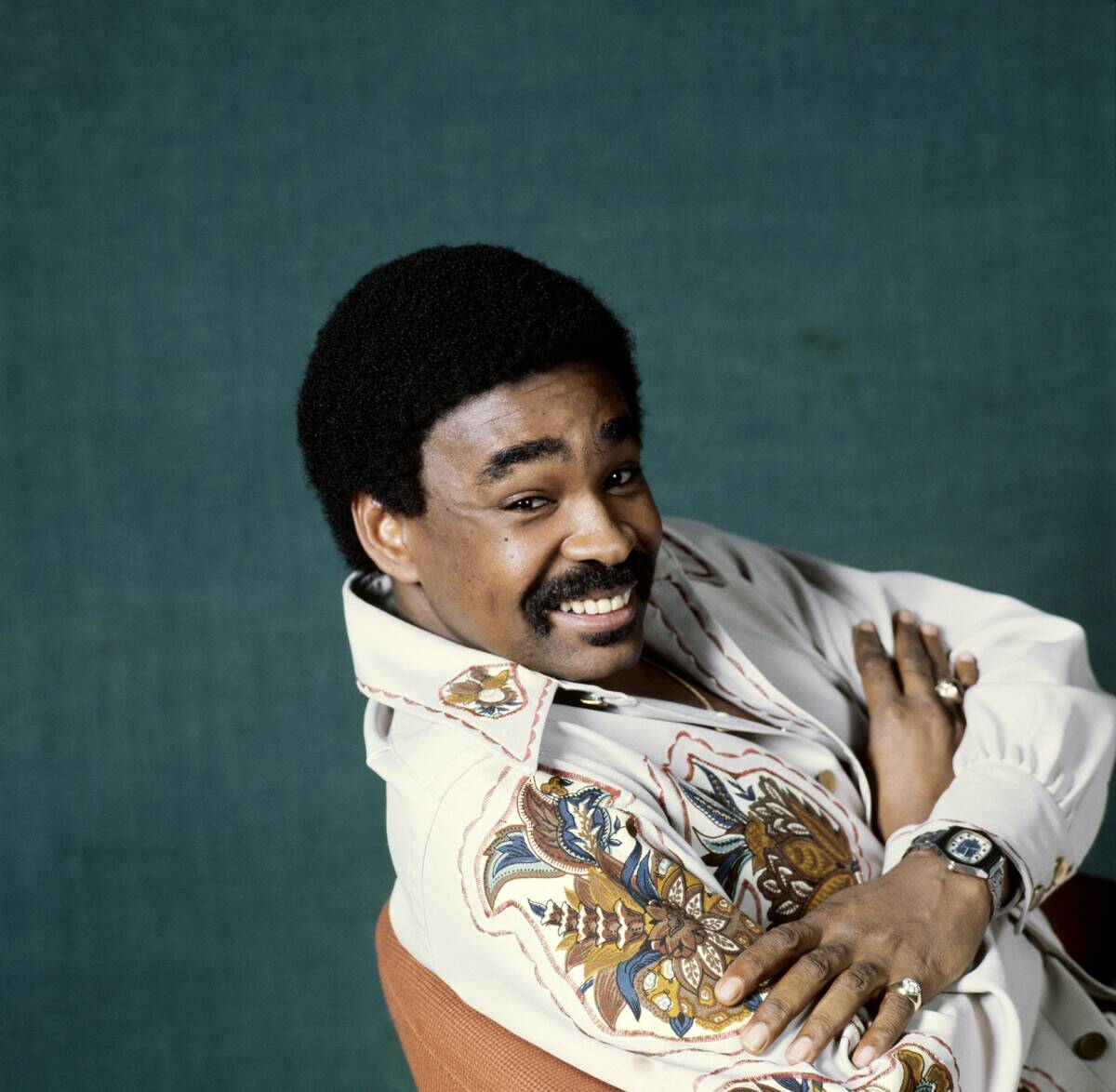
George McCrae’s “Rock Your Baby” is often credited with helping to kickstart the disco era.
Released in 1974, its smooth rhythm and soulful vocals made it a dance floor favorite. This track is a testament to the power of a simple groove and heartfelt delivery.
“Play That Funky Music” by Wild Cherry
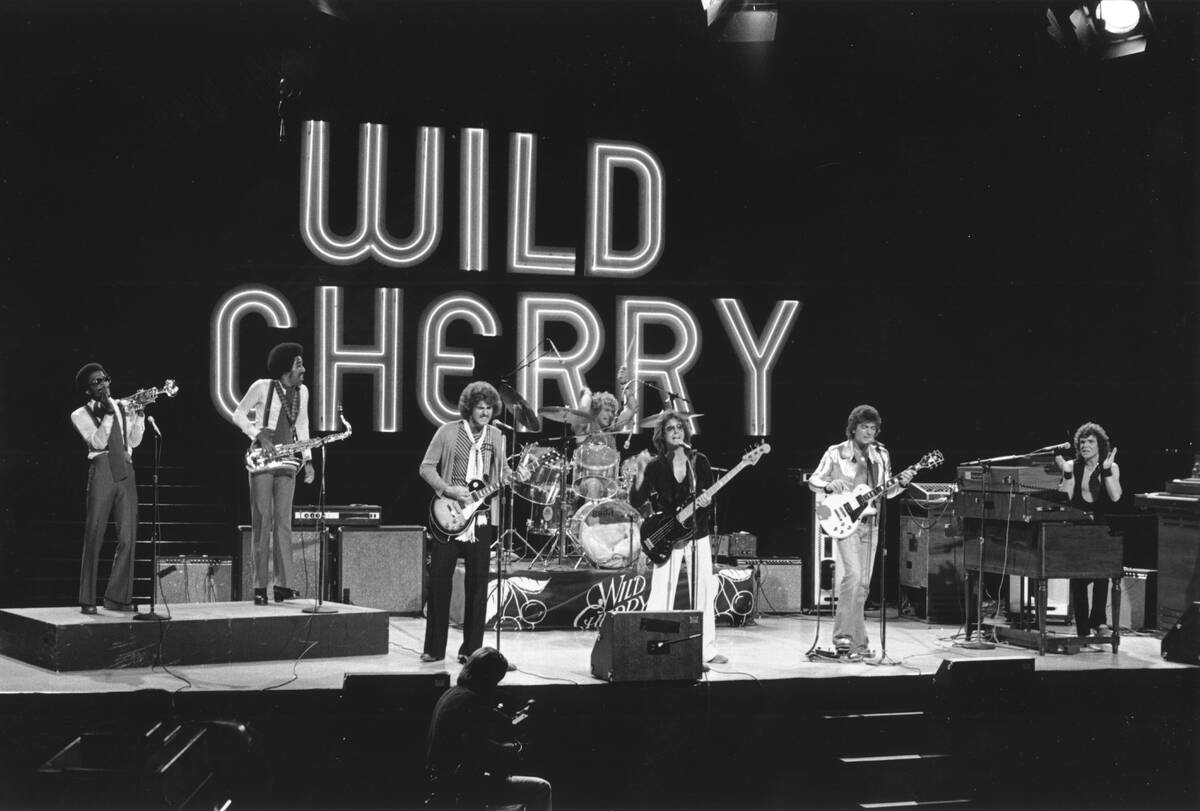
Wild Cherry’s “Play That Funky Music” became an anthem for funk lovers everywhere when it was released in 1976.
With its groovy bassline and commanding lyrics, it encourages everyone to get up and dance. This track perfectly captures the vibrant energy of the era’s dance scene.
“In the Summertime” by Mungo Jerry
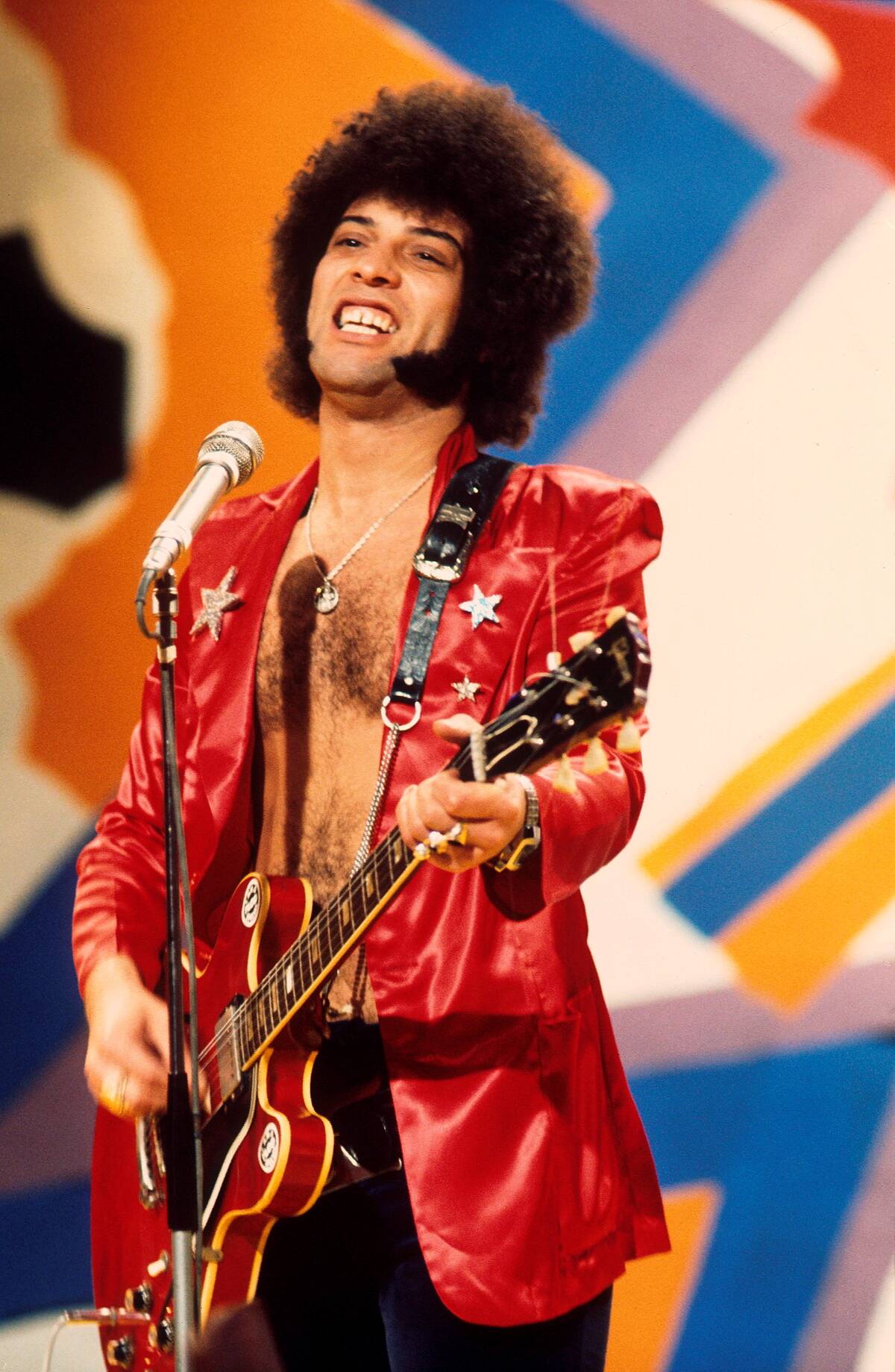
Released in 1970, “In the Summertime” by Mungo Jerry is the quintessential summer anthem. With its laid-back melody and carefree lyrics, it captures the essence of sunny days and warm nights.
This feel-good track remains a favorite for anyone looking to relive those blissful summer moments.
“Love Grows (Where My Rosemary Goes)” by Edison Lighthouse
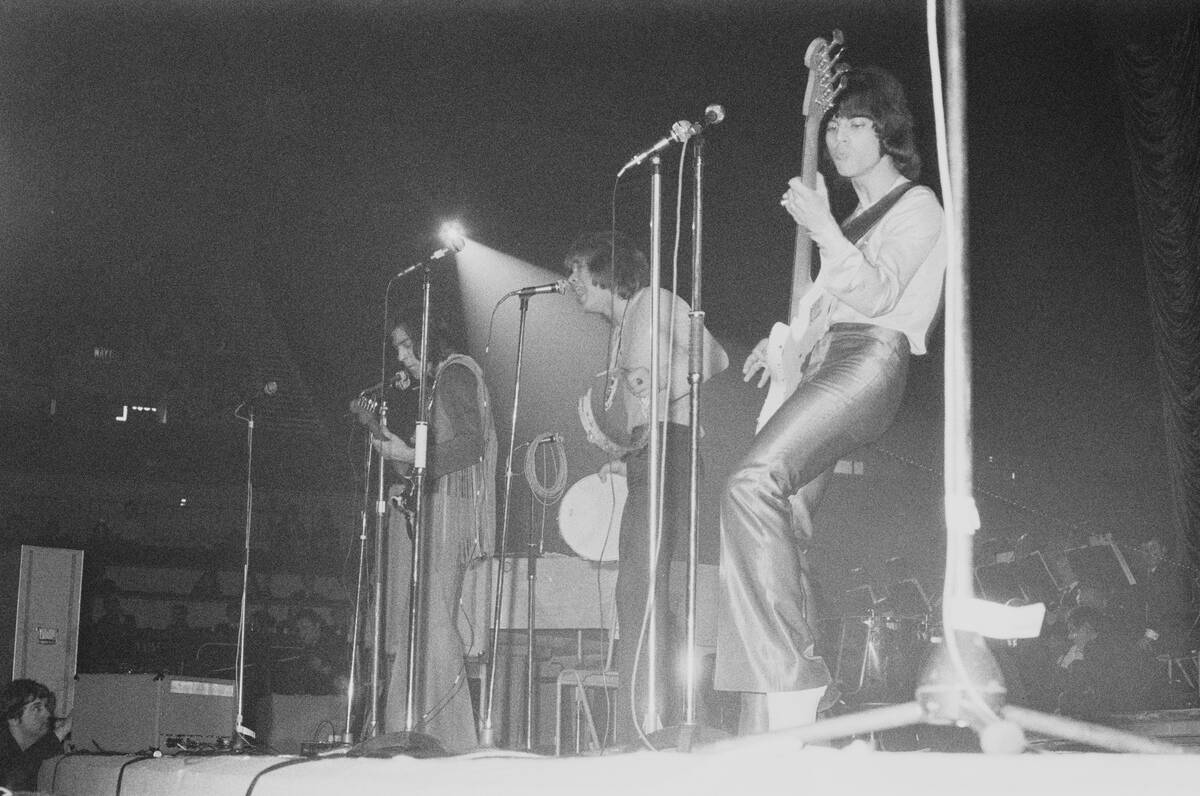
In 1970, Edison Lighthouse charmed listeners with “Love Grows (Where My Rosemary Goes).” This catchy pop tune, with its upbeat melody and whimsical lyrics, became a hit almost overnight.
It’s a song that embodies the lighthearted romance of the ’70s, making it a timeless favorite.
“Don’t Leave Me This Way” by Thelma Houston
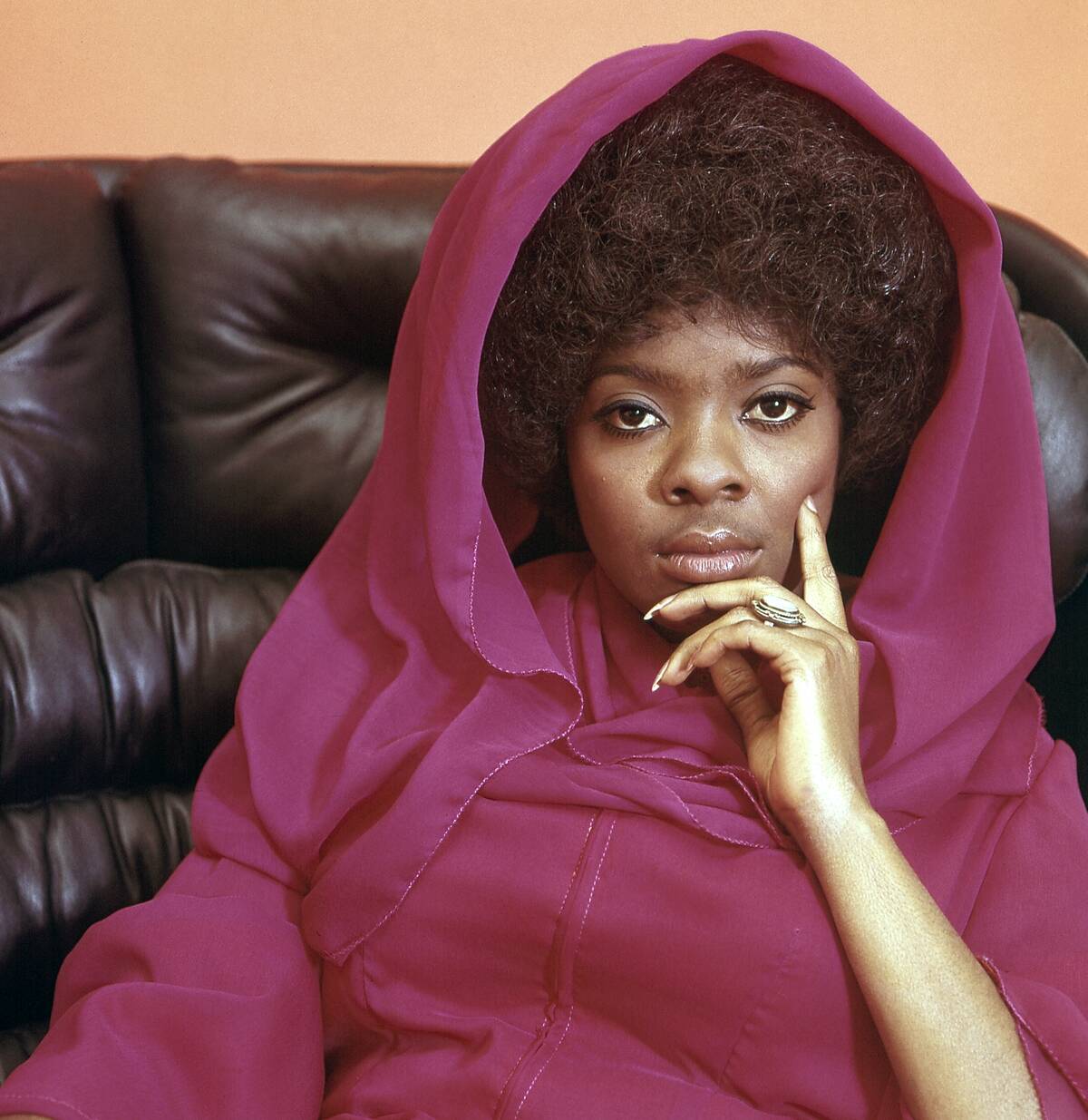
Thelma Houston’s “Don’t Leave Me This Way” is a soulful anthem that took the disco world by storm in 1977. With its powerful vocals and infectious beat, it became a staple on dance floors everywhere.
This track’s emotional intensity and danceable groove make it a classic that continues to resonate.
“Dancing in the Moonlight” by King Harvest
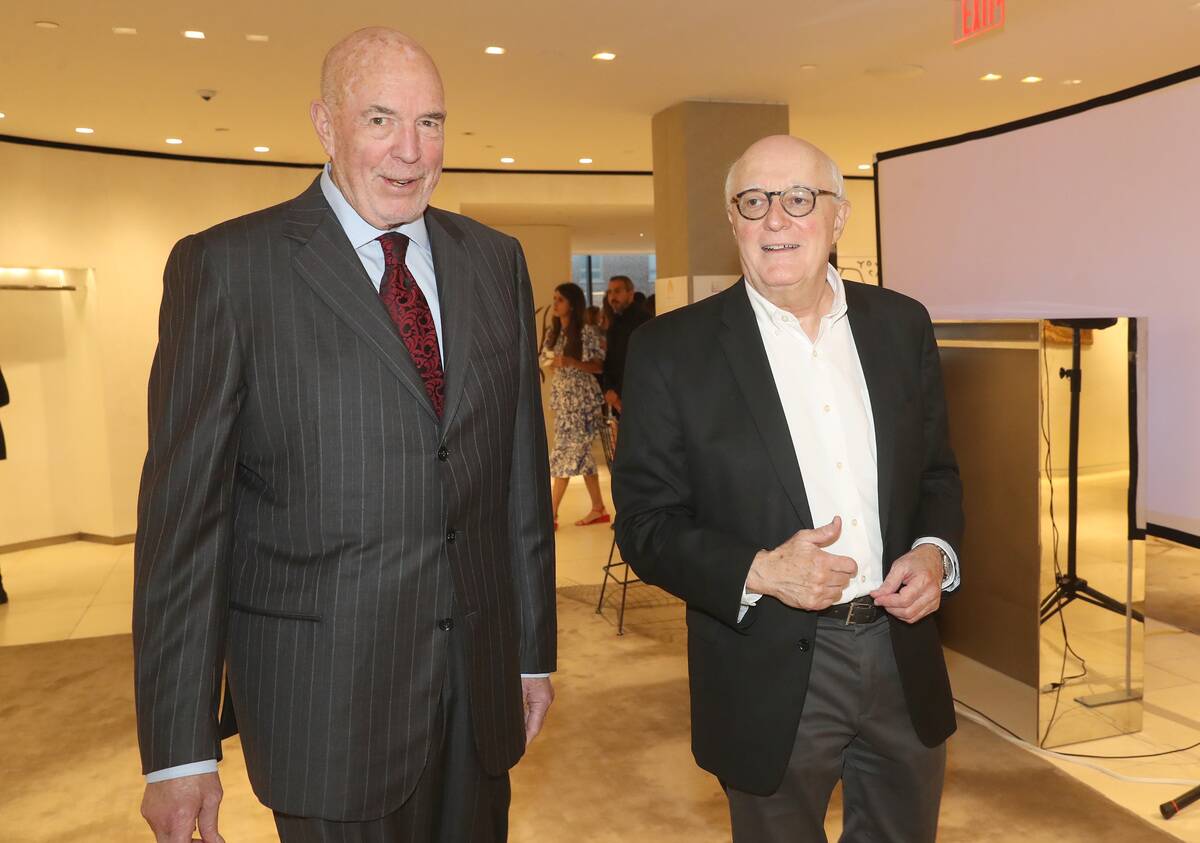
“Dancing in the Moonlight” by King Harvest brings a touch of magic to the ’70s music scene. Released in 1972, this feel-good song captures the joy of dancing under the stars.
Its mellow vibe and catchy chorus make it a perfect soundtrack for carefree nights.
“My Sharona” by The Knack
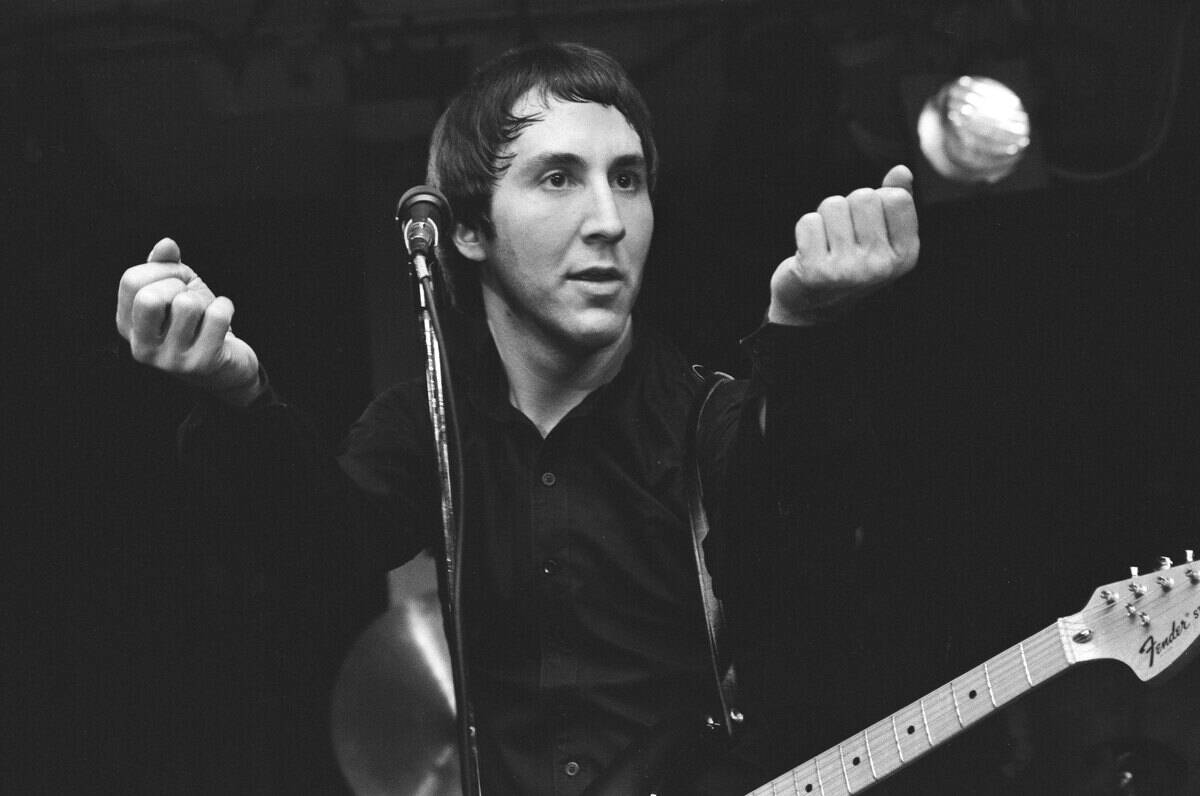
The Knack’s “My Sharona” is a rock anthem that burst onto the scene in 1979. With its driving beat and unforgettable guitar riff, it quickly became a massive hit.
This energetic track perfectly captures the youthful exuberance of the era, securing its place in rock history.
“Brandy (You’re a Fine Girl)” by Looking Glass
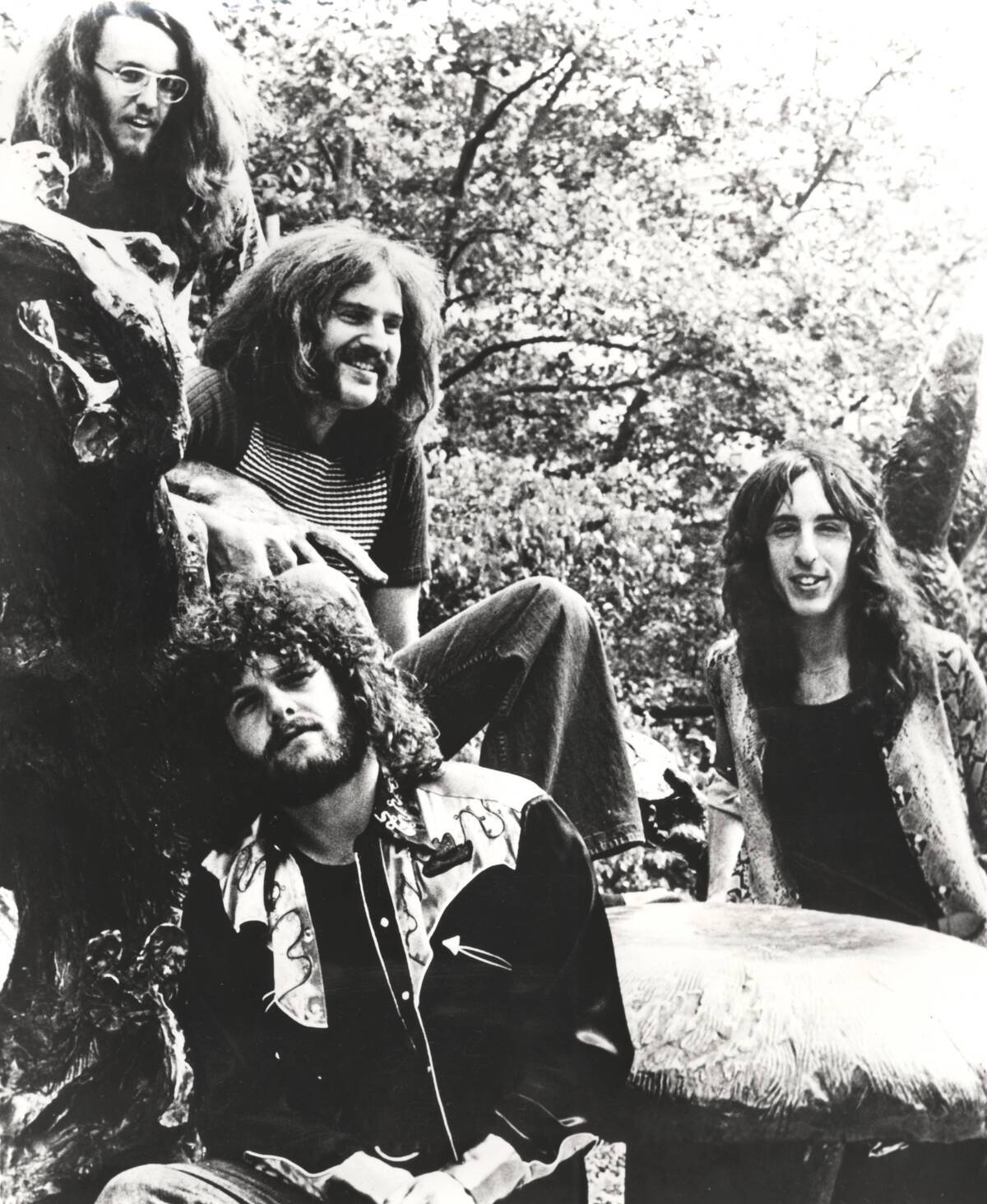
“Brandy (You’re a Fine Girl)” by Looking Glass is a storytelling masterpiece from 1972. This catchy tune weaves a tale of love and longing, set to a melody that’s impossible to resist.
It’s a song that transports listeners to a seaside tavern, where tales of the sea come to life.
“Come and Get Your Love” by Redbone
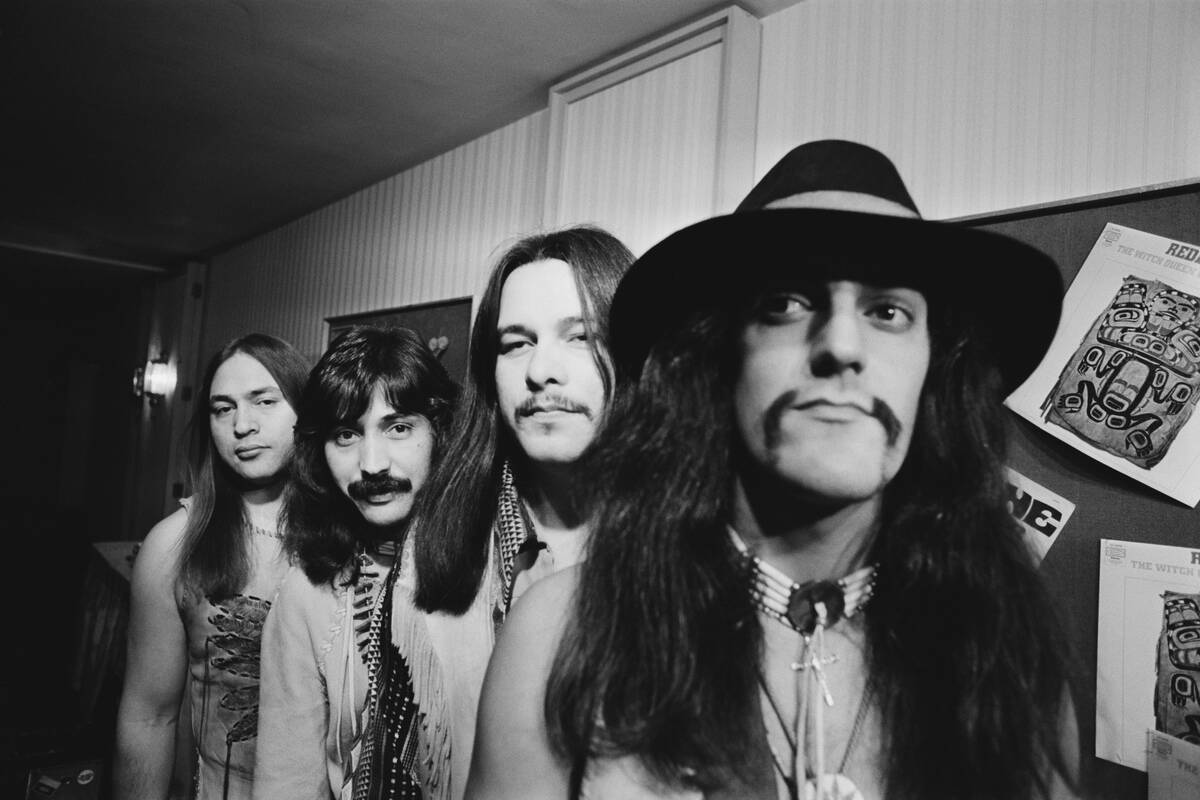
Redbone’s “Come and Get Your Love” is a vibrant hit from 1974 that combines rock and Native American influences. Its upbeat rhythm and catchy chorus make it a dance-worthy classic. Indeed, Redbone was considered the first Native American band to achieve mainstream success.
This feel-good track has enjoyed a resurgence in popularity, thanks in part to its inclusion in the first Guardians Of The Galaxy movie.
“Seasons in the Sun” by Terry Jacks
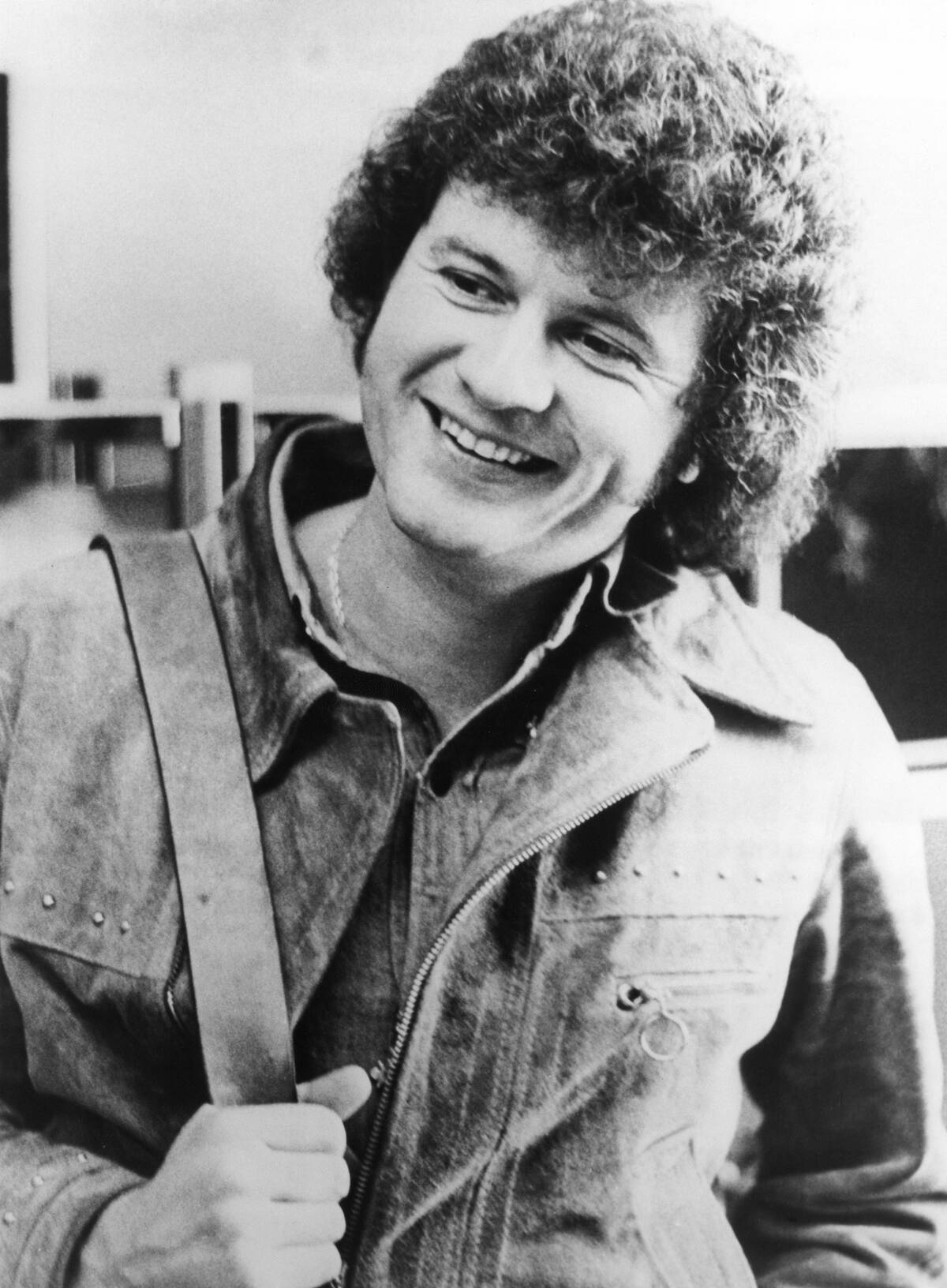
Terry Jacks struck a chord with “Seasons in the Sun,” a poignant ballad released in 1974. Its reflective lyrics and melancholic melody tell a story of goodbyes and cherished memories.
This touching song resonates with listeners, making it a lasting piece of ’70s musical history.
“Video Killed the Radio Star” by The Buggles
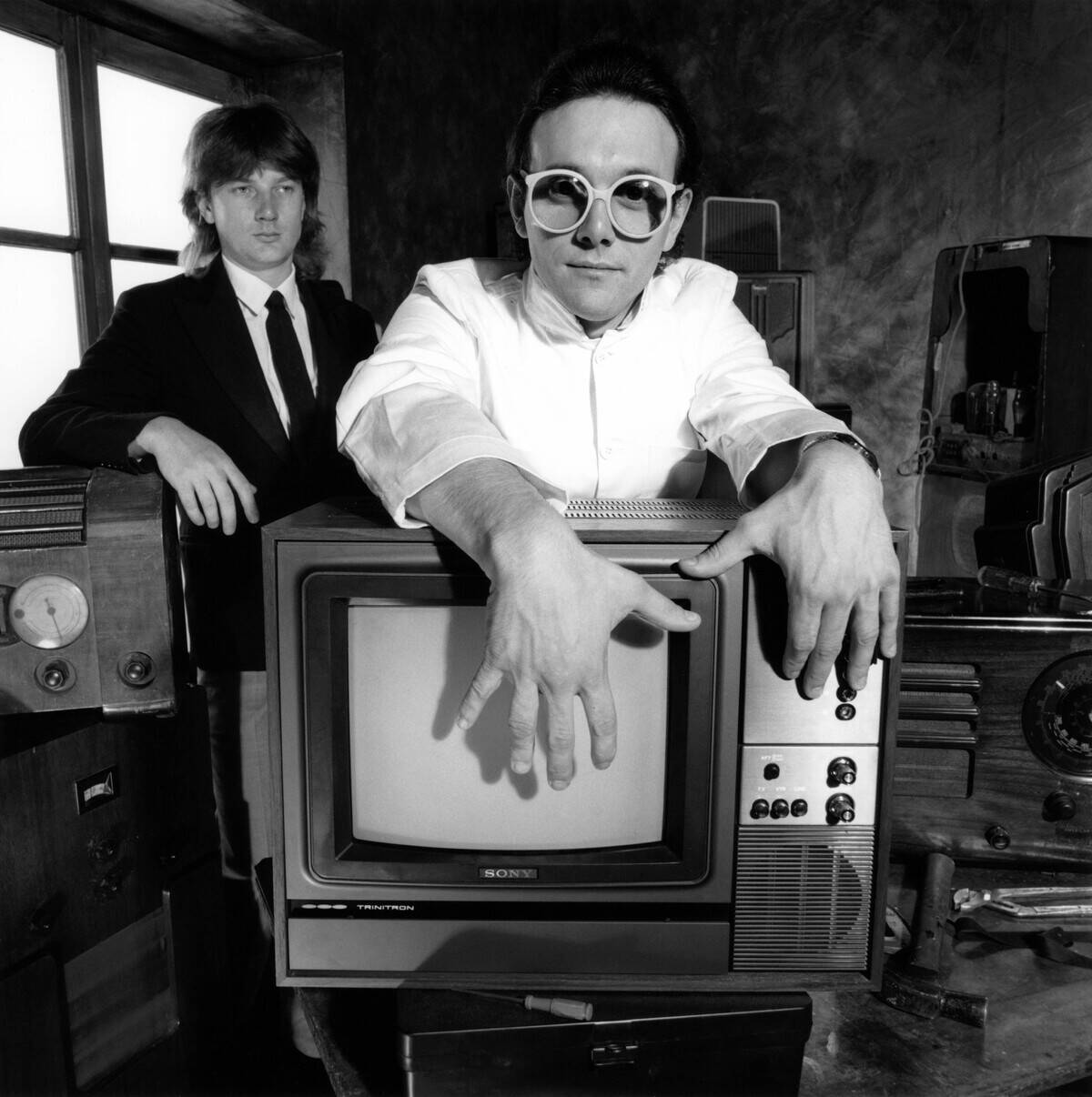
The Buggles’ “Video Killed the Radio Star” is a futuristic pop hit that marked the end of an era. Released in 1979, it became famous as the first music video ever played on MTV.
This track’s catchy tune and prophetic lyrics capture the technological shifts in the music industry. Its popularity may have come thanks to its MTV boost in the ’80s, but it was just barely released early enough to be considered a ’70s song.



